Why this year's Royal Ascot belonged to those breeding on a budget
Bargain broodmare buys and cheap covering fees yield some big results
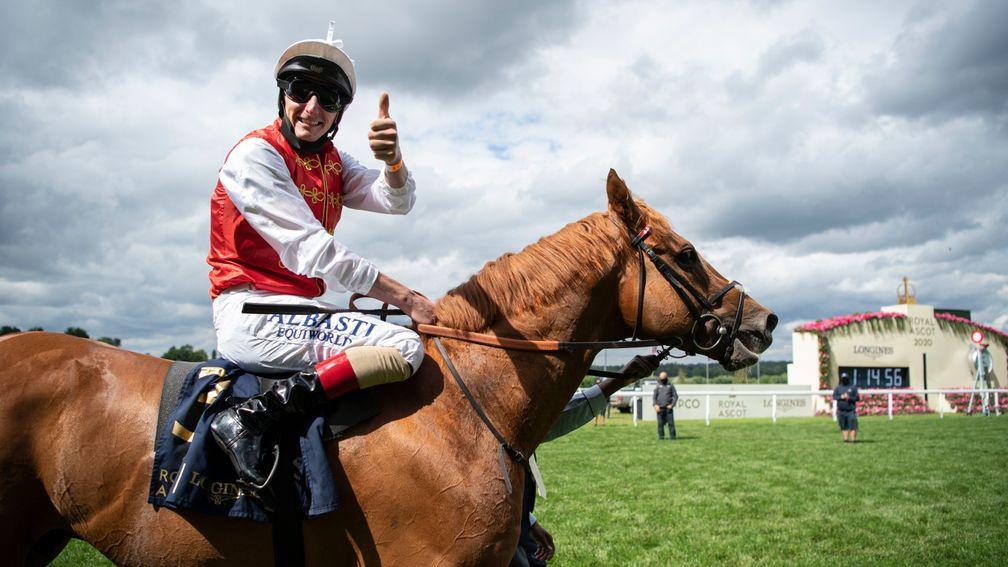
It is often said that Flat racing is the preserve of the mega rich, and it is easy to see why when the collective successes of the likes of Coolmore, Godolphin and Juddmonte are considered.
It is something of a truism that major operations have almost unlimited access to the best bloodlines through their breed-shaping stallions and blue-chip broodmare bands. However, results from this year's Royal Ascot highlighted that taking on the superpowers is far from a lost cause.
Of the 36 races across this year's expanded royal meeting, 12 winners were bred at a covering fee of just £10,000/€12,500 or less.
The tone was set early on when Motakhayyel landed the curtain-raising Buckingham Palace Handicap, as the son of Heeraat was bred by Crossfields Bloodstock when his sire stood at a fee of just £4,000 at Mickley Stud.
And it was not just in the handicaps where those produced from bargain covering fees made an almighty impact.
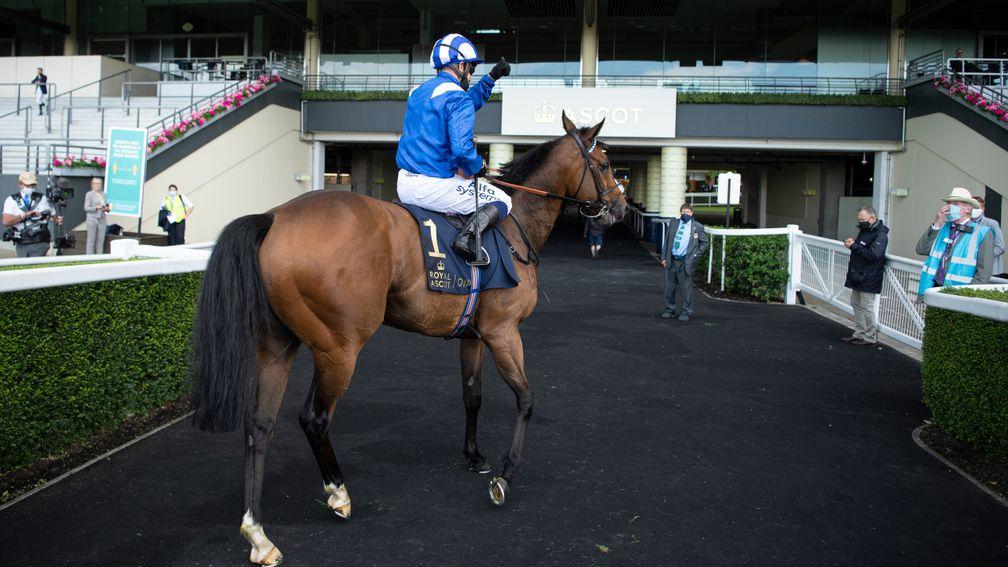
Another noteworthy result went the way of Donal Boylan, who was rewarded for putting his faith in Prince Of Lir during the horse's first season at Ballyhane Stud, as he bred the unbeaten Norfolk Stakes winner The Lir Jet at a cost of just €5,000.
Moreover, of the 36 winners at Royal Ascot, the median covering price among the 34 of those with advertised fees is £21,335. That is by no means a chickenfeed sum, but neither is it excessive considering the value of bloodstock proven at such an exalted level.
The odd two out among that list of 36 names are Galileo's sons Circus Maximus and Russian Emperor, with the perennial champion sire having stood at a private fee since 2008.
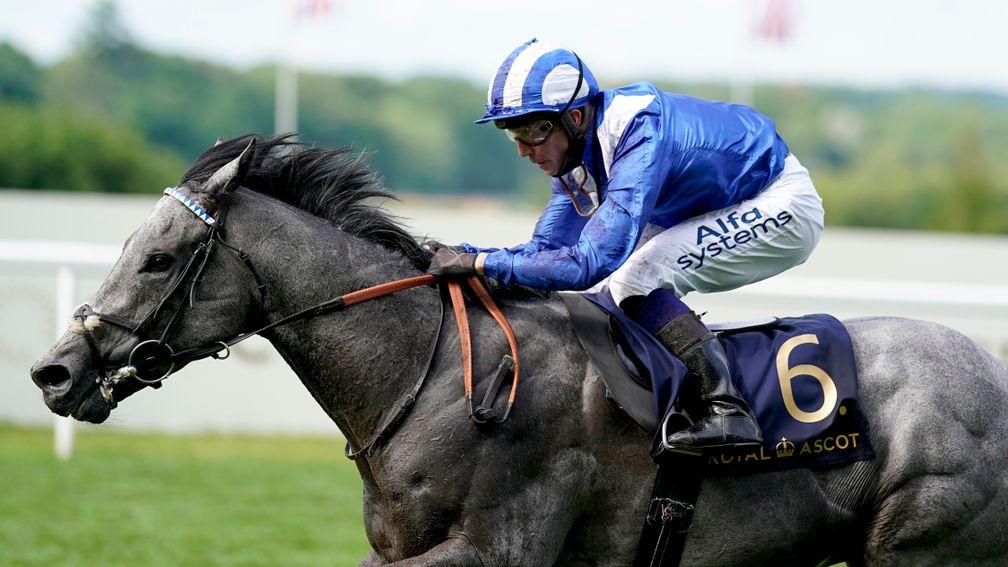
The Niarchos family's colours were carried to victory by two homebreds, Circus Maximus, who is owned with the Coolmore partners, and Alpine Star, who emulated her half-sister Alpha Centauri by winning the Coronation Stakes.
And Godolphin also bred two winners in Prince of Wales's Stakes hero Lord North, who carried the colours of Sheikh Zayed bin Mohammed, and Hardwicke Stakes scorer Fanny Logan, who carried the silks of Sheikha Al Jalila.
However, not only were a high percentage of the winners at this year's Royal Ascot bred at bargain fees, but six of those are the produce of mares who did not cost the earth.
Breeder Robert Norton secured himself a bargain of enormous proportions when he picked up Chellalla for just 7,500gns in 2014. The daughter of Elnadim has bred two winners, the second of which is six-length Albany Stakes scorer Dandalla.
Meanwhile Silver Royal Hunt Cup winner Sir Busker is out of Street Kitty, who was signed for by Eddie Lynam at just 8,000gns as a yearling. He was bred by Ann Foley from Sir Prancealot at a cost of just €6,000.
Breeders operating on a budget could be forgiven for thinking that 14,000gns is the magic number when it comes to buying the dam of a future Group 1 winner, as Ballyphilip Stud picked up Battaash's dam Anna Law for that sum in 2012, while James Cloney of CN Farm bought Golden Horde's dam Entreat with the Commonwealth Cup hero in-utero for the same price in 2016.
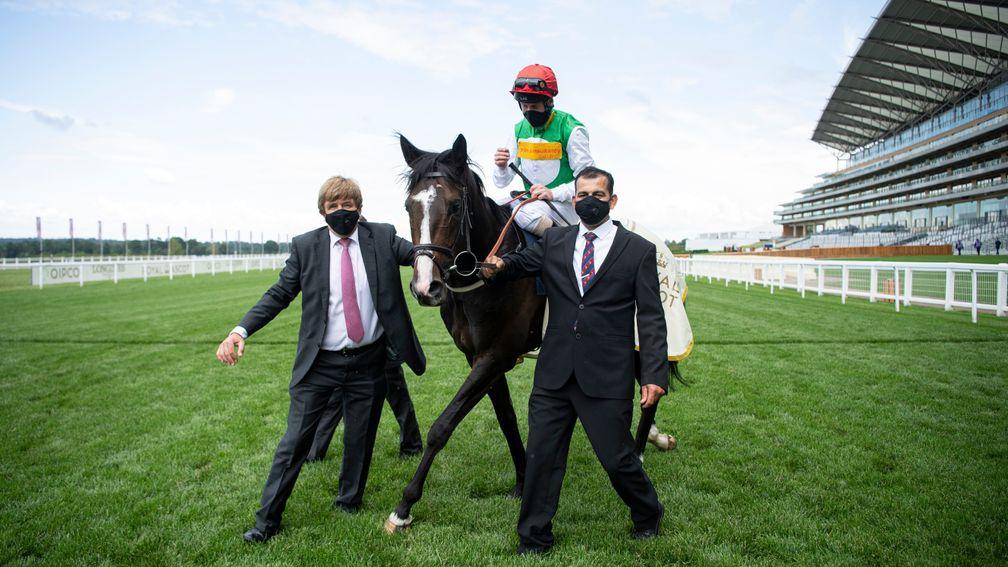
The priciest of those was the 600,000gns Jacqueline Quest, the dam of Sandringham Handicap scorer Onassis, whose hefty valuation contributed to an average cost of £146,570.
Results from Royal Ascot also highlighted that it wasn't just breeders displaying an eye for a bargain, with yearling buyers also unearthing a few diamonds in the rough, although they proved harder to find - and hold on to.
The Lir Jet fetched just £8,000 at the yearling sales from Robson Aguiar, who then sold the colt privately to Nick Bell, before Qatar Racing presumably paid many multiples of that yearling price to buy the Norfolk Stakes winner in the run up to his Royal victory.
Royal Hunt Cup winner Dark Vision was acquired by Godolphin midway through his two-year-old season, but the son of Dream Ahead had cost Mark Johnston just 15,000gns as a yearling.
None of the €25,000 Sir Busker, the €22,000 Dandalla or the 30,000gns Who Dares Wins could be considered expensive after their respective exploits, either.
The most expensive winner on show was Palace Pier, who John Gosden signed for at 600,000gns. However, the unbeaten son of Kingman has now justified that price-tag many times over, with his scintillating St James's Palace Stakes victory having enhanced his potential stallion value no end.
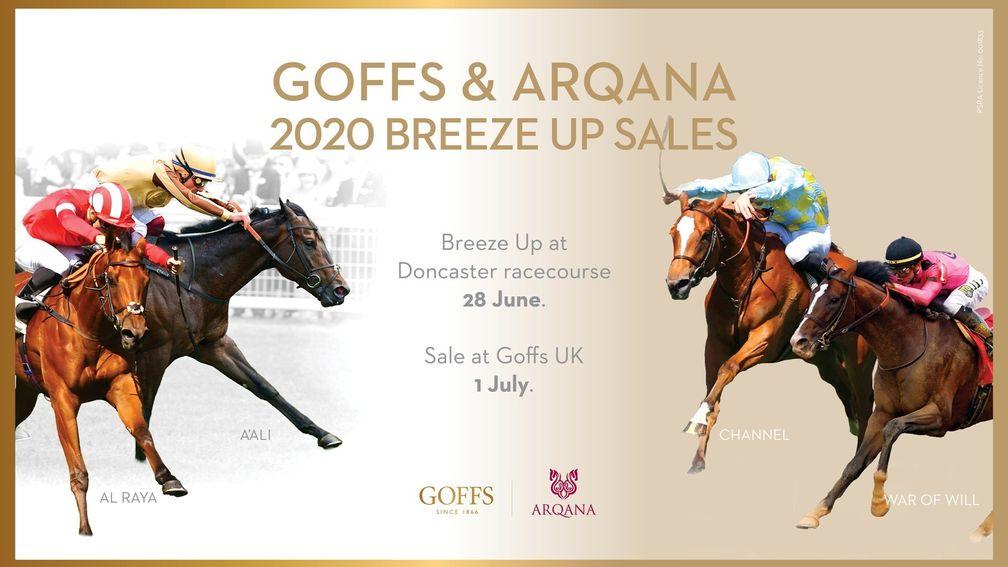
More to read...
Star sires and brilliant breeders: five things we learned at Royal Ascot
Luckless on the track but Jacqueline Quest finding redemption at stud
Published on 23 June 2020inNews
Last updated 19:14, 23 June 2020
- Well-related winners and placed performers feature at the Tattersalls Cheltenham April Sale
- ‘It’s been constant pressure for the last six months’ - up-and-coming consignors out to make dreams come true at the Doncaster Breeze-Up Sale
- Three new board members for the National Stud
- Hide The Evidence a first winner for Sands Of Mali with victory at Bordeaux Le Bouscat
- Showcasing filly from a deep Moyglare family set for Gowran Park debut on Tuesday
- Well-related winners and placed performers feature at the Tattersalls Cheltenham April Sale
- ‘It’s been constant pressure for the last six months’ - up-and-coming consignors out to make dreams come true at the Doncaster Breeze-Up Sale
- Three new board members for the National Stud
- Hide The Evidence a first winner for Sands Of Mali with victory at Bordeaux Le Bouscat
- Showcasing filly from a deep Moyglare family set for Gowran Park debut on Tuesday